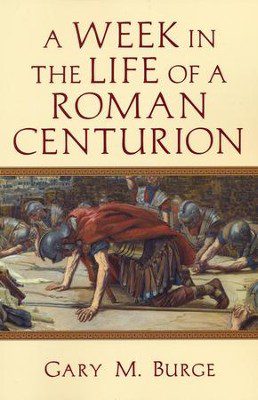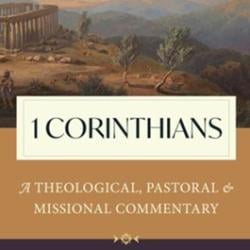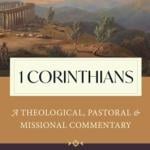Gary Burge has written an intriguing piece of narrative exegesis. The book is called A Week in the Life of a Roman Centurion.
I caught up with Gary to interview him on the book.
Enjoy!
How long did it take you to write this book?
This project took about a year. But I did not work on it continuously. As a teaching professor, you have to fit in these projects on the side. But unlike other texts, it was more challenging because it required so much imagination and creativity – something that all scholars don’t specialize in!
List 3 “aha” moments that shed light on the New Testament as you did your research.
The book required me to understand through research the structure and presence of the Roman military in the E. Mediterranean. And that was fascinating. It dawned on me that most of the events in the New Testament, even in the gospels, likely happened in the shadow of that military.
Some scholars say a centurion soldier was in charge of roughly 80 men (opposed to the traditional 100). In your book you have 80 to 100 men. Which is correct?
There is no real consensus on this. And this is likely because these units could be built as needed. If they were a part of legion, the entire military organization could become enormous (with cavalry, artillery, archers, etc.) or be a maintenance unit. We like to impose strict numbers on these things and it isn’t necessary. Ask anyone in the US army how many people are in a battalion: in the US it can be a few hundred personnel or one thousand.
On pages 143-145, you describe a meal eaten at dusk. But didn’t the first century people eat their meals during the siesta in the afternoon?
The idea of a major meal eaten during the day was widespread among Jews and Romans. And in the climate of the Middle East, this was likely joined to a rest during the heat of the summer. But evening meals were common too. The remarkable thing to me is the calorie prediction we think we have for these societies. Add physical labor to a low-calorie diet and you can imagine that few were over-weight. Food was precious and for the poor, treasured.
On these pages, you also describe a meal being eaten at a low table in the courtyard of a house placing cushions around the table. The food presented was fresh bread, fruit, olives, and fish stew. Cold water that filled bowls were passed around for washing. Red wine was drunk from carved stoned cups.
Are you describing a Jewish meal or a Gentile meal here?
It could be either. The idea of a reclining meal was widespread around the Roman empire. At Pompeii we have excellent examples of the triclinium (a three-sided table) where innovations made reclining more comfortable. But the Jews adopted this type of setup during the Hellenistic era. The notion of having shared bowls, eating with hands/bread, and reclining is still in the Middle East. I’ve done it many times with Arab families.
To your knowledge, were circumcisions always done in the synagogues by someone who knew how to do them? I’m trying to reconstruct the story of how Paul *likely* had Timothy circumcised. Did he do it himself in a home or did he take him to the synagogue to have a rabbi do it (in which case, the local community would know for sure he was circumcised, ANOTHER question I’ve had. How did the Jews know for sure that Timothy was circumcised? Surely, they wouldn’t ask to verify.
We know that they were done, but the location is a different matter. I suspect that it was done in a home or in a gathering space (synagogue). Apparently it was originally the job of the father to do this. But this evolved into someone who was more skilled (which fully understand!). I’d suspect that anyone with theological training (Paul) could do it himself. But in all of this we are speculating.
When Timothy is said to be “uncircumcised” this is just culture code. This means: he is a Hellenist rather than a Jew. His diet, his clothes, his demeanor around Jewish things all gave him away. Jews just used “uncircumcised” as a code term for the gentiles (see Rom 2).
Can you give us some examples of how your book has shed light on the New Testament story?
What we often miss is that these stories are embedded in culture. We cannot lift a gospel story out of its original setting and think we can understand it fully. We cannot do this with any contemporary culture’s stories today – much less a story that comes from 2,000 years ago. This series “sneaks in” culture study by placing it in a narrative that readers might enjoy.
What else would you like potential readers to know about your book?
This centurion story has been successful beyond anything I imagined. Teachers use it in introductory courses to the New Testament and have students learn about culture and context with it.
Frequently faculty will pair this book with a New Testament Introduction like our The New Testament in Antiquity (Zondervan) and sometimes add a similar narrative coming from Paul’s life. It seems to be successful.













